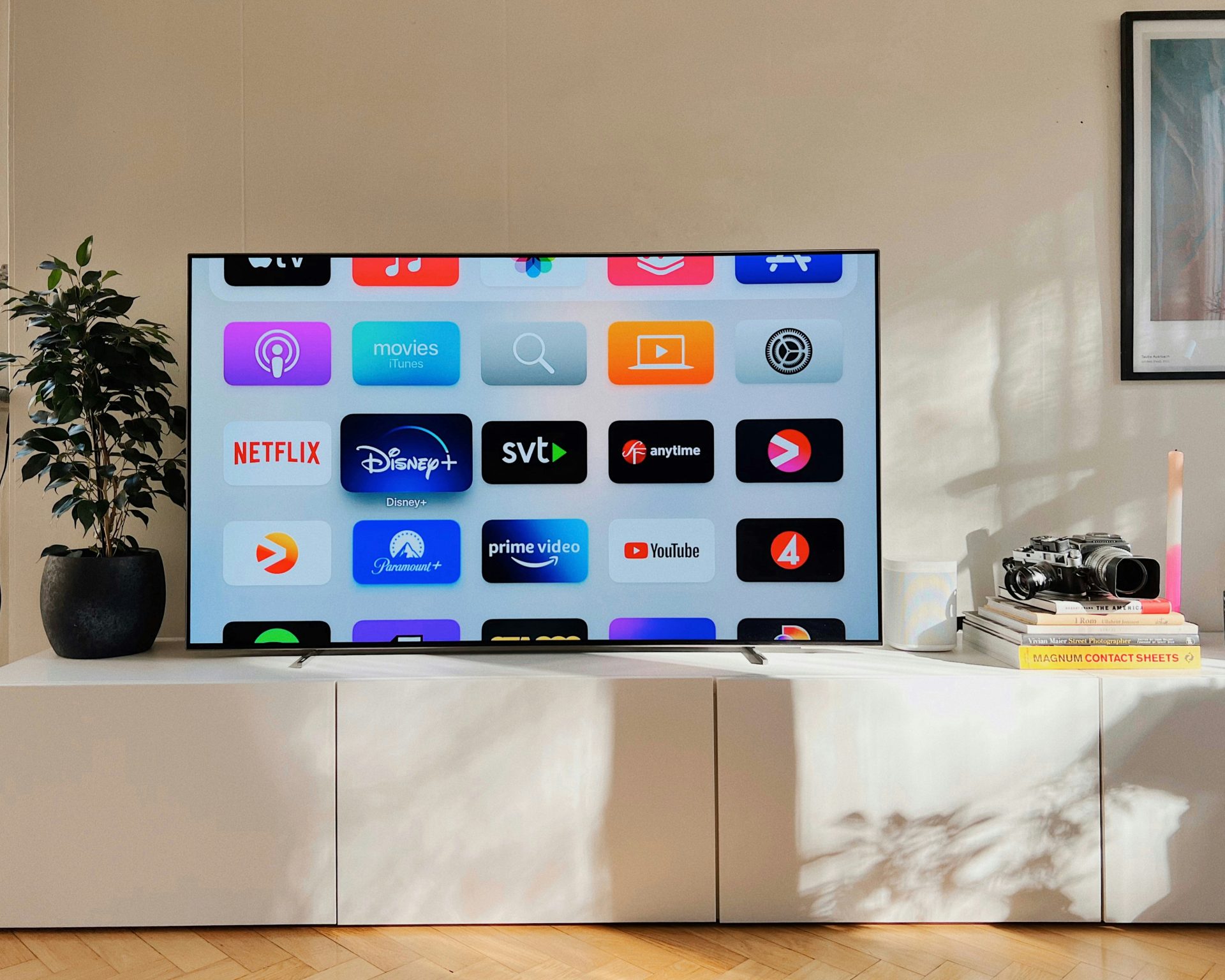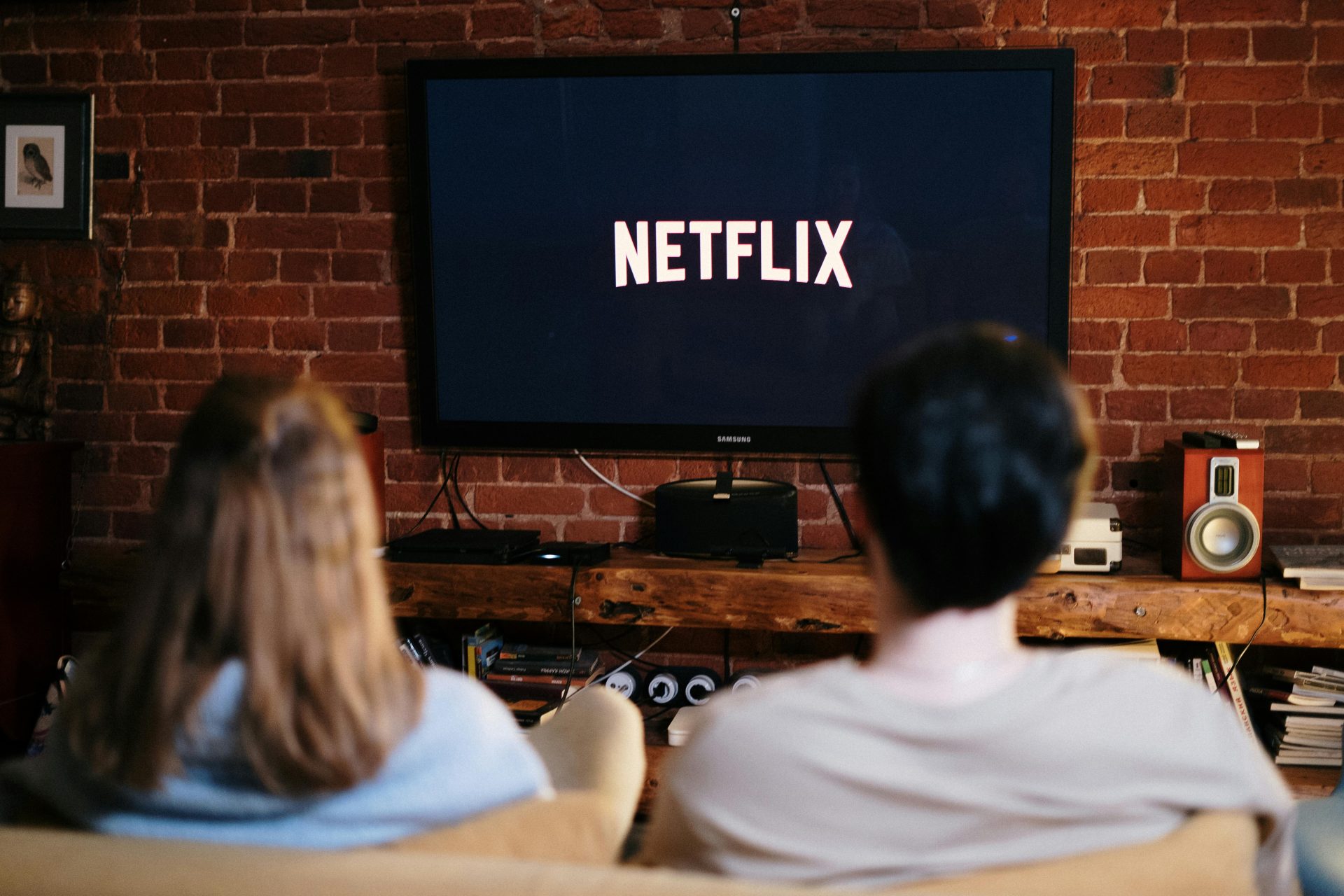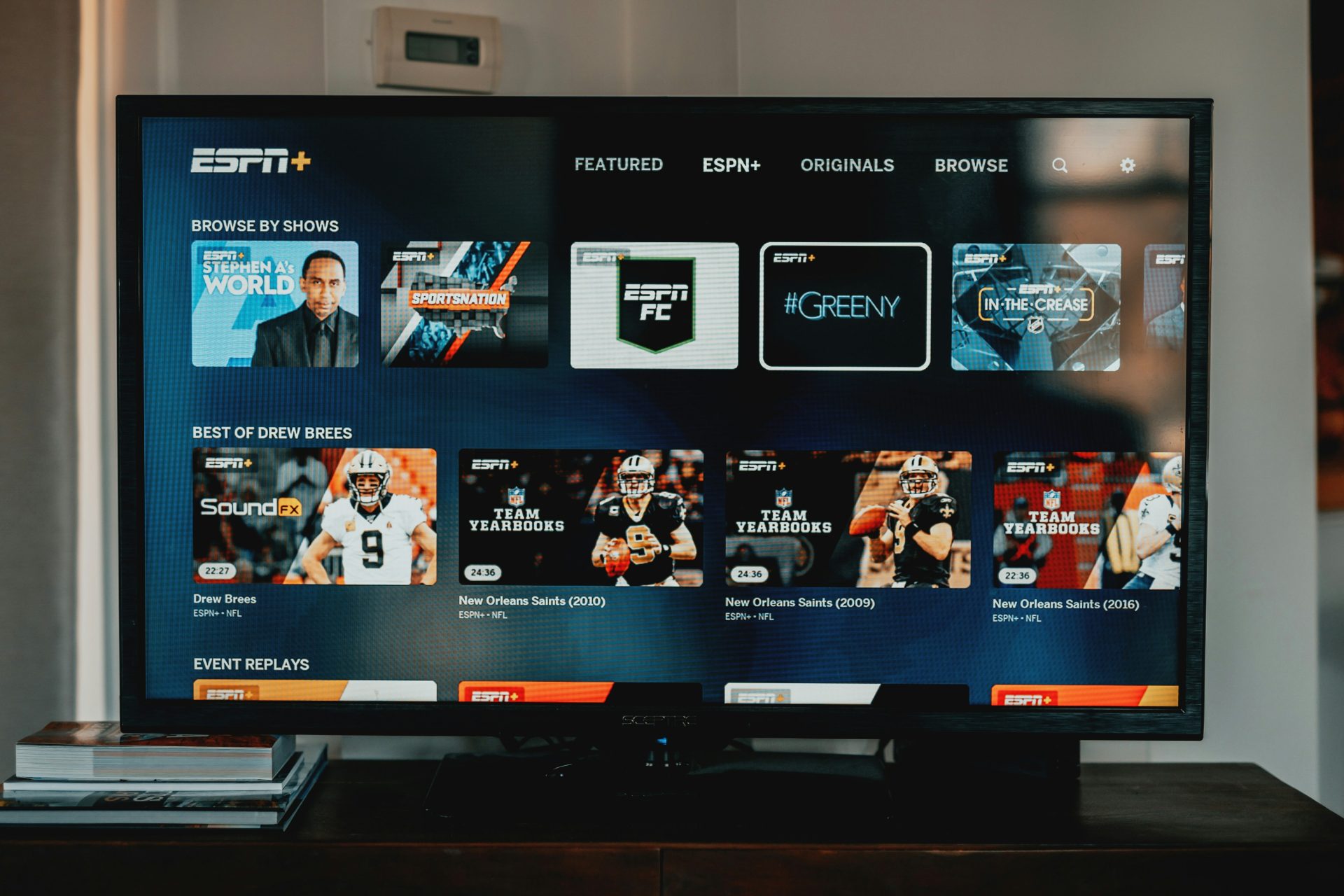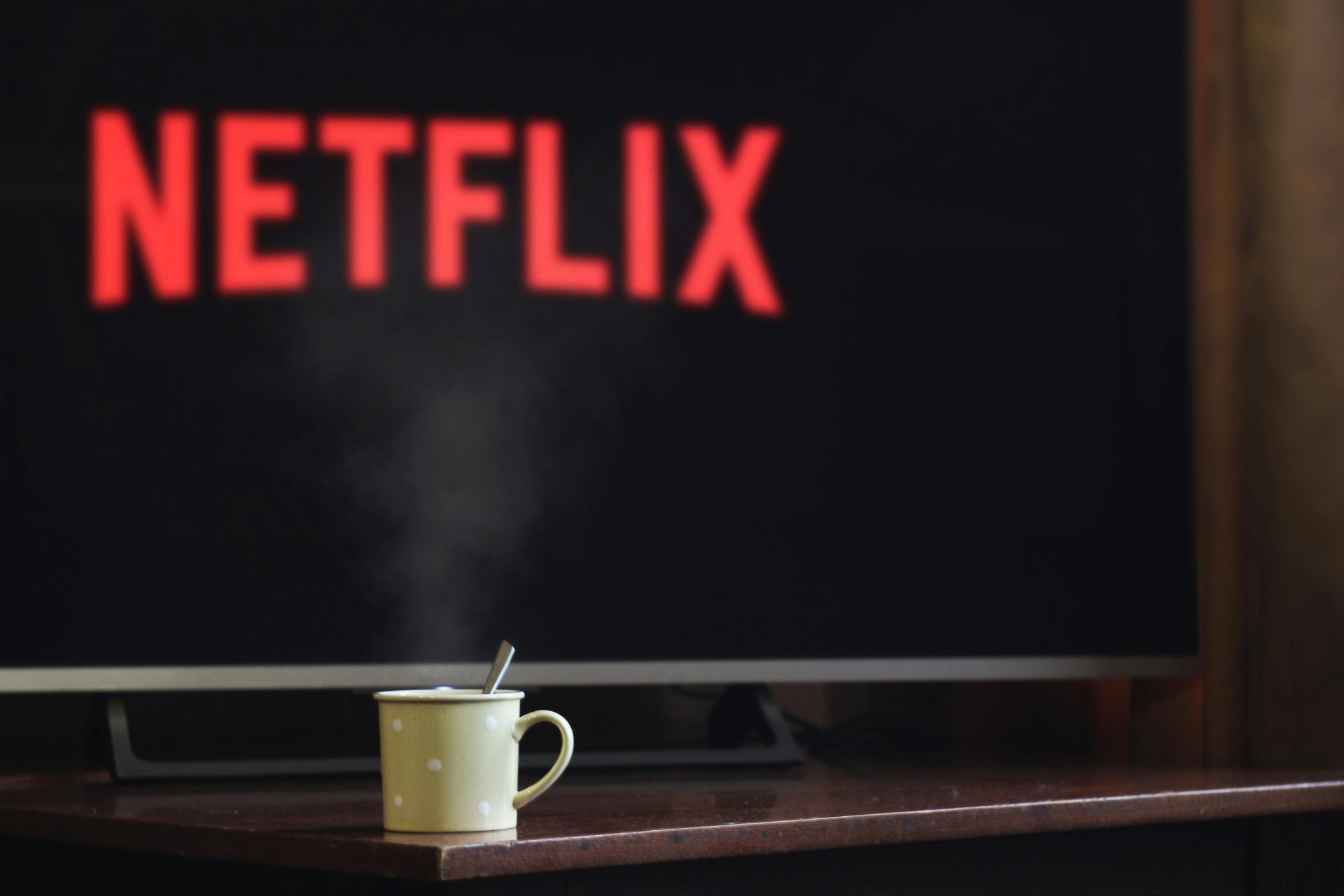There I was last Thursday evening, settling in to watch the latest episode of whatever Marvel nonsense Disney had conjured up this week, when something happened that made me question every life choice that had led me to this moment. Thirty seconds into what I thought would be my relaxing wind-down viewing, I was suddenly watching an advert for car insurance.
Car insurance! On a service I’m paying for! It’s like being charged entry to a restaurant and then having the waiter interrupt your meal every ten minutes to tell you about the specials at the place next door.
Now, I know what you’re thinking. “Noah, you muppet, you obviously signed up for the ad-supported tier.” And you’d be right—I’m on Disney’s Standard with Ads plan at £4.99 a month. But here’s what’s been doing my head in for months: why does this plan exist at all?
Think about it for five seconds. I’m paying money. Real money. Nearly a fiver a month, which adds up to sixty quid a year. And for this privilege—this actual financial transaction—I get to watch adverts. It’s mental when you think about it properly.
The entire premise of subscription services was beautifully simple: free content comes with adverts, paid content doesn’t. You want to watch ITV? Free, but you’ll sit through adverts for washing powder every fifteen minutes. You want to watch BBC? Pay your license fee, enjoy your ad-free viewing. Clean, logical, everyone knows where they stand.
But somehow, streaming services have convinced us that there’s this magical middle ground where paying money and watching adverts is not only acceptable but actually represents good value. It’s like they’ve gaslit an entire generation into thinking that being charged for the privilege of being advertised to is perfectly reasonable.
I started really noticing this madness when my mate Dave mentioned he was “saving money” by switching to Netflix’s ad-supported tier at £5.99 a month. Saving money! By paying six quid a month to watch adverts! The same Dave who once spent twenty minutes ranting about YouTube adverts and how they were “ruining the internet.” But somehow Netflix convincing him to pay for the exact same experience was considered financial prudence.
The really galling bit is how they’ve framed this whole thing. It’s not presented as “we’re making our service worse by adding adverts while still charging you money.” Oh no, that would be too honest. Instead, it’s all about “choice” and “flexibility” and “making our content more accessible.” They’ve managed to rebrand charging money for an inferior product as some sort of consumer-friendly innovation.
Take Disney’s pricing structure. Standard with Ads at £4.99, Standard ad-free at £8.99, Premium at £12.99. Look at that pricing and tell me it makes sense from a consumer perspective. You’re paying five quid a month for the privilege of being interrupted every few minutes by someone trying to sell you a new mobile phone plan. Want to not be advertised to while using a service you’re already paying for? That’ll be an extra four pounds, thank you very much.
It’s protection money, basically. Pay us the extra fee or we’ll make your viewing experience actively worse by bombarding you with adverts. It’s the subscription equivalent of those dodgy blokes who used to “protect” shops from mysterious accidents that might befall unprotected premises.
And don’t even get me started on the justifications. “Well, the ads help keep costs down for consumers.” Bollocks. Netflix was profitable without ads. Disney doesn’t need advertising revenue—they own half of Hollywood and have theme parks printing money faster than the Royal Mint. This isn’t about keeping costs down; it’s about extracting maximum revenue from every possible angle.
The comparison with our traditional UK model makes this even more infuriating. BBC iPlayer: pay your license fee, no adverts, simple as that. ITV Hub and All 4: watch for free with adverts, or pay a small fee to remove them. It’s consumer choice that actually makes sense, where paying money gets you a demonstrably better experience, not a choice between “bad” and “slightly less bad but more expensive.”
But here’s where it gets properly mental—Sky TV. Sky has been pulling this double-dipping nonsense for decades, charging you anywhere from £50 to £100 a month and still bombarding you with adverts like you’re watching terrestrial television. I remember my parents getting Sky in the ’90s, and we all just accepted that paying premium prices meant you still had to sit through adverts for DFS sales and life insurance. Why? Because that’s just how “premium” television worked, apparently.
It’s like Stockholm syndrome for entertainment subscriptions. We’ve been conditioned to accept that paying money doesn’t actually entitle you to an ad-free experience—it just makes you eligible for a slightly different category of advertisements.
The cinema situation is even worse. Last weekend, I paid £15 to see the latest superhero film, then sat through twenty minutes of proper adverts before the movie started. Not trailers, which at least have some entertainment value, but actual adverts for cars and energy drinks and whatever financial product was being hawked that week. Twenty minutes! Of a film I’d paid thirty quid to see when you include the popcorn ransom!
By the time the actual movie started, I’d been advertised to more intensively than if I’d stayed home and watched ITV for free. It’s like paying for a meal and then having to listen to the chef’s sales pitch for kitchen appliances while you eat.
My nephew, who came with me, didn’t even seem bothered by it. Just sat there scrolling through his phone during the adverts like this was perfectly normal. “That’s just how it is,” he said when I mentioned how ridiculous it was. That’s the really depressing part—an entire generation has grown up thinking that paying money and being advertised to is just the natural order of things.
But it shouldn’t be “just how it is.” There’s nothing inevitable about this arrangement. The laws of physics don’t require that paid services must include advertising. It’s a deliberate business decision to extract revenue from multiple sources while providing customers with an objectively worse experience.
The streaming services have gotten particularly sneaky about normalizing this. They don’t just add adverts and call it progress. Instead, they’ve created this whole tiered system designed to make you feel like you’re getting a deal when you’re actually getting fleeced. Launch with reasonable prices and no adverts, build up a user base, then introduce the ad-supported tier as the “affordable option” while repositioning your original service as the “premium” tier.
Suddenly, the service you originally signed up for becomes the expensive choice, even though nothing has actually improved about it. You’re paying the same amount for the same content, but now there’s a cheaper alternative that bombards you with adverts, making your original subscription feel like a luxury upgrade rather than the basic service it always was.
It’s brilliant marketing, in a completely evil sort of way. They’ve managed to train consumers to accept advertising as the norm while simultaneously making them grateful for the privilege of paying extra to avoid it.
But the absolute pinnacle of this madness—the crown jewel of corporate audacity—is what Amazon did with Prime Video. Picture this: you’re already paying for Amazon Prime, whether it’s for the delivery or the whole package. You’ve been happily using Prime Video as part of that subscription for years, ad-free, no problems. Then one day, without warning, Amazon decides to start showing you adverts during your favourite shows.
Not as a new service. Not as an option. They just started showing ads to existing customers who were already paying for the service. And if you want them to stop? That’ll be an extra £2.99 a month, thank you very much.
Think about that for a moment. Amazon took a service people were already paying for, made it worse by adding adverts, then offered to sell them back the original experience for an additional fee. It’s like a gym suddenly deciding that access to the weights costs extra, but don’t worry, you can still use the treadmills that now have advertising screens bolted to them.
The really galling bit is how they framed it. Not as “we’re making your experience worse to extract more money,” but as “investing in compelling content” and offering customers more “choice.” Over 90% of UK Prime Video subscribers are stuck on the default ad-supported plan, with just 3% paying the extra fee to remove ads. Choice, indeed.
What Amazon did was essentially hold their existing customers hostage. They knew people weren’t just subscribed for Prime Video—they needed the delivery benefits, the whole ecosystem. So they could fundamentally alter the viewing experience knowing that most people wouldn’t cancel their entire Prime membership over it. It’s subscription extortion, basically.
I’ve started fighting back in my own small way. Cancelled the ad-supported tiers where I could, downgraded where possible, and gone back to appreciating what we’ve got for free in the UK. BBC iPlayer remains a masterclass in how to do this properly—one payment, everything included, no games, no upselling, no interruptions.
Last week I found myself actually enjoying an ITV drama, adverts and all, because at least the transaction was honest. I wasn’t paying anything, so the adverts were the price of admission. Fair enough. No one was pretending I was getting a premium experience while simultaneously treating me like a walking advertising target.
Maybe that’s what really bothers me about this whole mess—it’s not just the money or even the interruptions. It’s the dishonesty of it all. The pretense that charging money for an ad-supported service represents value or choice rather than a fundamental perversion of how subscription services are supposed to work.
When did we all agree that paying money doesn’t actually entitle you to the thing you’ve paid for without additional revenue extraction? I’m fairly certain I wasn’t consulted on this arrangement, and I’m getting a bit tired of being treated like a revenue stream to be optimized rather than a customer who’s already paid for a service.
Apparently wanting an ad-free experience when you’re already paying for a subscription makes you unreasonably demanding these days. But I don’t think it’s too much to ask that when I pay for something, I actually get what I’ve paid for without being sold something else in the process.
The simple principle should be this: free equals adverts, paid equals ad-free. Anything else is just corporate greed dressed up as consumer choice, and frankly, I’m not buying it—literally or figuratively.




